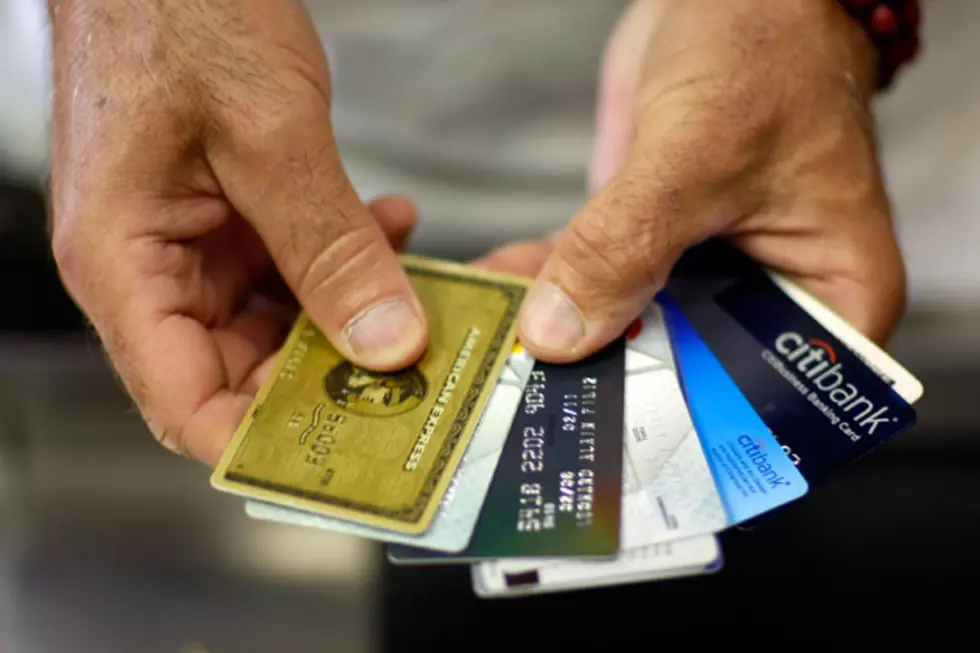
Tips for Choosing a Credit Card
A February 2016 survey by Princeton Survey Research Associates found that 25 million consumers have had their credit card for 10 years or more and 20 million have never changed their credit card. We are a loyal bunch, but should we be? Your BBB® has information on what to look for in a credit card to help consumers get the best deal.
The survey also found that cardholders favor rewards and cash back over any other perk. So which credit card is best? The answer is, it depends on a consumer’s individual situation. If you want a credit card with a rewards program, Consumer Reports offers a Reward Card Buying Guide with lots of helpful information. The Consumer Financial Protection Bureau (CFPB) also offers a brochure entitled “How to Find the Best Credit Card.”
Before you begin your research, think about how you will use the credit card. If you are going to pay off the balance each month, you might want to choose a card with a rewards program. If you tend to carry a balance, you definitely want to look for a card with a low interest rate which is called annual percentage rate (APR).
Next, you want to compare the features of several cards. Here are the features to consider:
- APR – Is it fixed or variable? Variable rates are tied to another financial indicator such as the prime rate. Most cards offer a range of rates. A typical range is 10.99%-22.99%. You won’t know until you’ve been approved what interest rate you’ll be charged. Typically, consumers with a credit score in the mid-to-upper 700s would qualify for the lowest interest rate.
- APR for Balance Transfers – If you’ll be transferring your balance from your old card, look at the interest rate on your old card vs the rate you’ll pay over the life of the new card, not just the introductory rate. Even though the interest rate on balance transfers is 0% for an introductory period, there still may be a balance transfer fee which is typically 3% of the amount transferred. The CFPB advises not to close your old account right away and continue to make at least the minimum payment while waiting for the balance to transfer.
- Penalty APR – Check for a penalty APR which is applied if you miss a payment. According to the CFPB, the credit card offer must tell you what the penalty rate is, what triggers it, and how long it would last.
- Secured or Unsecured – Consumers with decent credit scores typically qualify for an unsecured card. Often consumers who have poor credit must get a secured credit card. With a secured card, the holder typically has to make a deposit equal to their credit limit, which serves as collateral while they build a record of on-time payments.
- Annual Fee – Make sure to check whether the card has an annual fee. Some cards waive the annual fee for the first year. Some cards offer two versions of the same card: one with an annual fee but with a higher rate of rewards and one with no annual fee that pays a lower rate of rewards.
- Other Fees – Other fees may include fees for balance transfers, for cash advances, for going over your credit limit, for late payments, for payments by phone. If the card offers a 0% introductory rate on balance transfers, one factor to consider is how long the consumer has to transfer the balance, with time periods ranging from 60 days to 15 months.
- When Your Rates Can Raise – the CFPB says that credit card companies cannot raise your rate for the first 12 months after you open the account unless (1) you have a variable rate card tied to an index and the index rises, (2) there is an introductory rate, or (3) you are 60 days late paying your bill. Credit card companies can raise rates at any time after the first year, but they must notify you first.
- How the Balance is Computed – For consumers who carry a balance from month to month, it is important to know how the balance is figured. The most common method is average daily balance which means that the daily balances are added together and then divided by the number of days in the billing cycle. Credit card companies are no longer allowed to use two-cycle billing.
Once you have an idea what features you want in a card, you might look at the rewards and incentives the card offers.
More From WGBFAM

![Indianapolis Colts Unveil NFL Color Rush Uniform on Twitter [PHOTO]](http://townsquare.media/site/782/files/2015/01/Colts_Helmets_Getty_AndyLyons.jpg?w=980&q=75)
![Do You Believe in the Five-Second Rule? [POLL]](http://townsquare.media/site/757/files/2016/09/Food.jpg?w=980&q=75)




![Mayor Winnecke Receives Award for Civil Rights Leadership [PHOTOS]](http://townsquare.media/site/75/files/2014/11/Mayor-Winnecke-FB.jpg?w=980&q=75)

